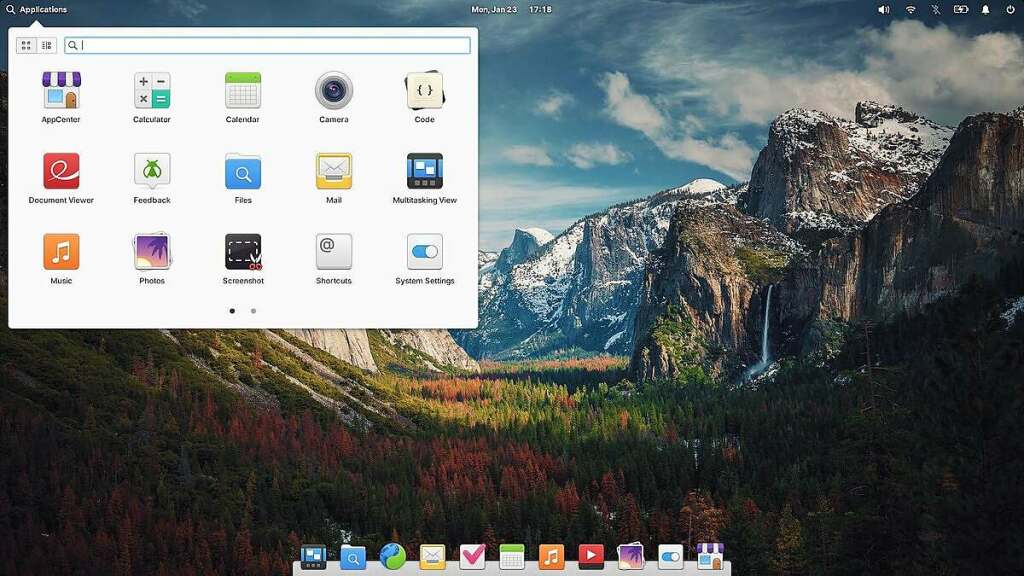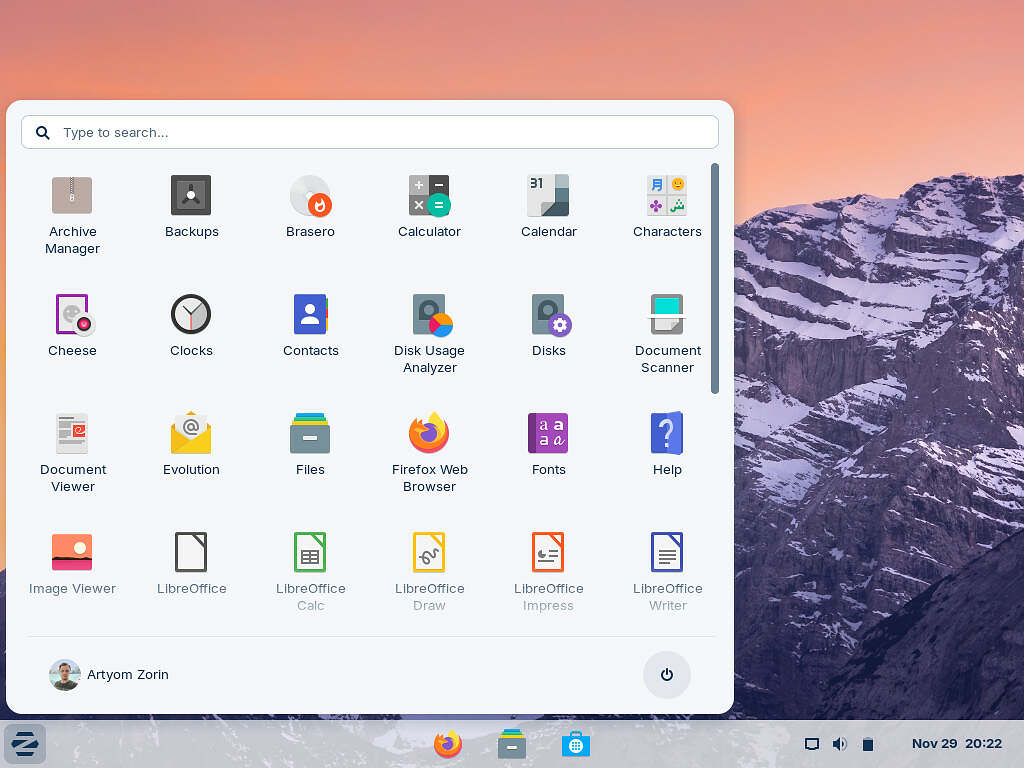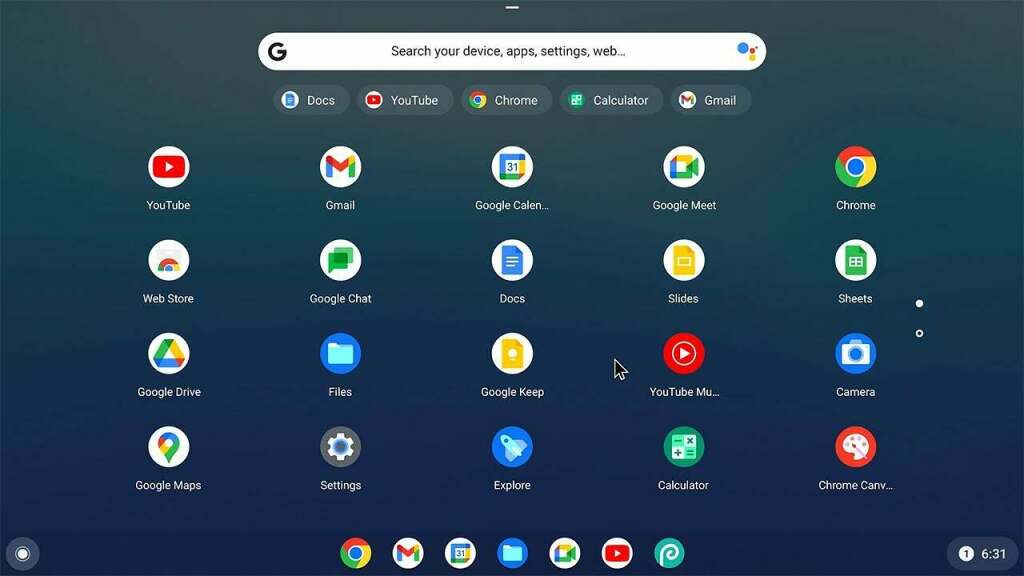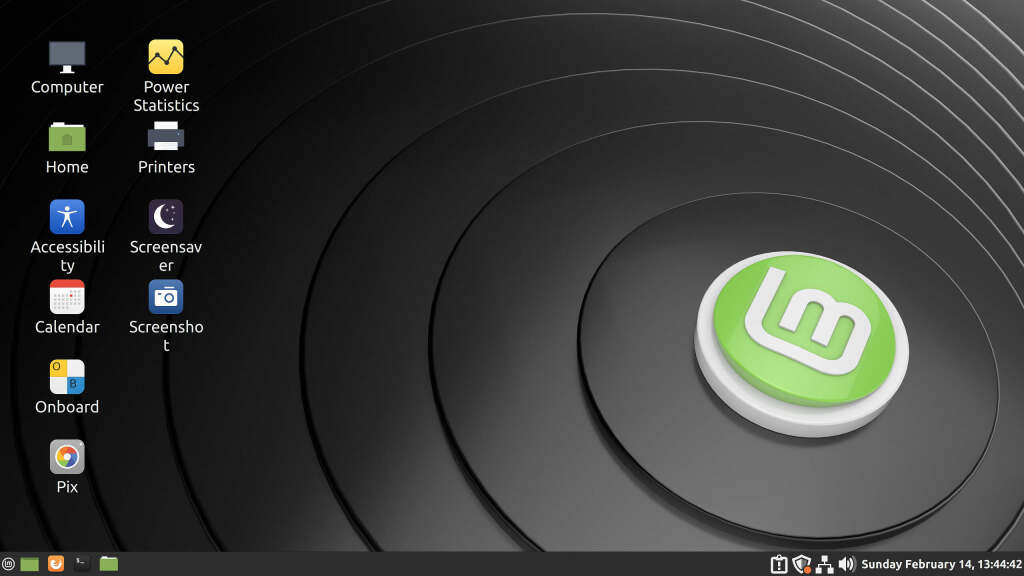Linux, a robust and versatile operating system, is a powerhouse for developers and seasoned tech enthusiasts. Most importantly the the vast majority of these operating systems are 100% free to use and even modify – opensource to the rescue.
But, it can seem daunting to newcomers, given its plethora of distributions and the technical prowess often associated with Linux’s user base.
To ease this transition, we’ve compiled a list of the top five Linux distros tailored for those new to this OS, ensuring a smooth and user-friendly experience.
5. Elementary OS

Best for: Apple IOS users
Starting our list is Elementary OS, celebrated for its clean and intuitive interface that mimics the look and feel of macOS. This makes it particularly appealing for users transitioning from Apple’s operating system.
Elementary OS is based on Ubuntu, which means it enjoys solid community support and stability. The OS focuses heavily on a clutter-free and straightforward user experience, which is ideal for beginners who prefer a sleek and minimalistic design.
4. Zorin OS

Best for: Windows users
Zorin OS is designed to ease the learning curve for new Linux users, especially those coming from Windows. It features a customizable interface that can look similar to Windows 10 or even macOS, allowing users to work in a familiar environment.
The Zorin OS includes a range of pre-installed software and the ability to run many Windows applications natively, thanks to its Wine compatibility.
This adaptability makes it an excellent choice for users who need to transition smoothly without losing access to their favorite apps.
3. Ubuntu

Best for: Apple IOS and Windows users
Ubuntu is one of the most popular Linux distributions for both new and experienced users. Known for its stability and ease of use, Ubuntu is often recommended to first-time Linux users.
This Linux Distribution supports a vast repository of software and comes with Snap and Flatpak support, enabling users to easily install applications. The Ubuntu community is active and welcoming, providing extensive documentation and forums where new users can seek help and advice.
2. Chrome OS

Best for: Android users
Chrome OS is somewhat different from other Linux distros as it’s based on the Linux kernel but tailored to run Google’s ecosystem, delivering a highly optimized experience for web-based applications and services.
This distro is primarily found on Chromebooks, which are popular in educational environments due to their simplicity and security.
For users whose computing is predominantly browser-based, Chrome OS offers a stable, fast, and secure environment with minimal setup.
1. Linux Mint

Best for: Windows, Android and Apple IOS users
At the top of our list, Linux Mint is renowned for its simplicity and efficiency. It is based on Ubuntu, which provides it with a solid foundation and access to a vast array of applications.
Mint comes in several editions, with Cinnamon, MATE, and XFCE desktop environments, giving users the flexibility to choose according to their preferences. The default Cinnamon desktop is known for being sleek, modern, and easy to use, which significantly flattens the learning curve for newcomers.
Conclusion
Each of these stellar Linux distros offers something unique for new users, from the familiar user interfaces of Elementary OS and Zorin OS to the robust community support of Ubuntu, the web-centric Chrome OS, and the all-rounder Linux Mint.
For those looking to dive into Linux, these distributions promise not just a gentle introduction but also a powerful and flexible computing environment.
Transitioning to Linux is an exciting journey into a world where users have more control over their computing experience, and these distros are the perfect starting point.



